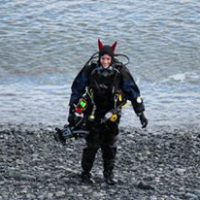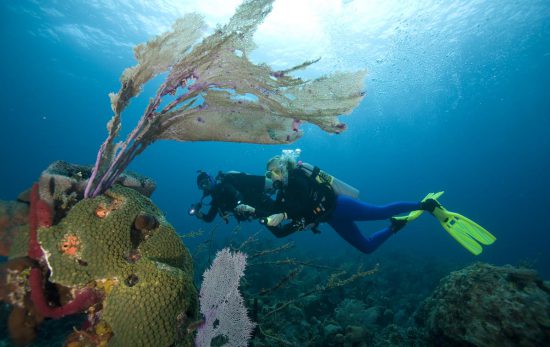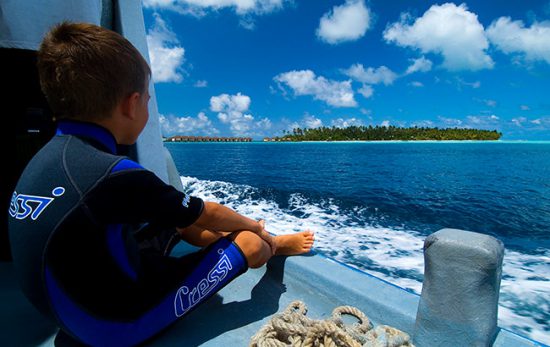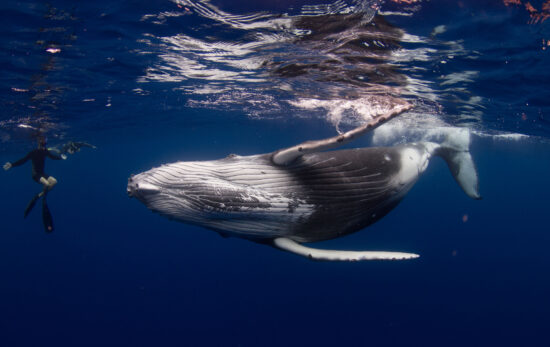Synonymous with outstanding beauty, West Wales offers an infinite number of dive sites for all interests. Here’s an introduction to three of the best wrecks found along this rugged coastline.
MV Lucy
Considered one of the best wrecks in Pembrokeshire, the Lucy sank on Valentine’s Day, 1967, after striking a rock in Jack Sound. Its crew (including a dog) escaped safely — a good job since its cargo (calcium carbide) explodes in sea water!
Now sitting upright at around 40m (131ft) the 450-ton Dutch coaster wreck is intact from bow to stern (where divers can peer into the wheelhouse or swim underneath the rudder). A corridor allows easy access inside the superstructure, while experienced divers can follow the staircase to lower decks or explore the engine room.
Inside Skomer Marine Nature Reserve, the Lucy is rich with life including Plumose, Dead Man’s Fingers, nudibranchs, crabs, and sometimes a seal or two! However, this dive is deep and dark, so a good torch is essential, as well as lines if you plan to penetrate.
SS Dakotian
Carrying tinplate, christmas puddings and bicycles, this 6,426-ton British steamer was hit by a magnetic mine in 1940. Sinking in three minutes, it now lies within easy reach for all divers at 20m (65ft) deep.
While the bow is broken up, the stern is mostly intact with plenty of wreckage to explore. There’s an effortless swim through the engine room (look out for lumps of coal), and you can even see your reflection in the still-shiny tin sheets lying among the debris.
The wreck’s exterior is teeming with sponges, anemones and other macro life, and shoals of pollack are often close by. Sheltered near Milford Haven, the Dakotian is often disregarded unless bad weather prevents diving further afield, but on a good day, it certainly holds its own.
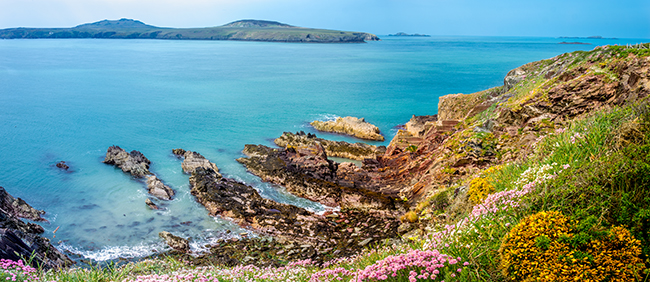
SS Count D’Aspremont
This 452-ton Schooner-rigged steamship sank in 1903, after the Captain unsuccessfully tried to navigate Ramsey Sound. Today, it lies on its side at 28m (92ft), with notable features including a large boiler, exposed engine, and an intact prop.
Spaces inside the wreck are tight, so penetration is not the norm, but with some of the best visibility in the area it offers incredible photo opportunities for divers looking to capture the sum of a shipwreck and not just its parts.
The dive site is exposed to strong currents that pick up quickly and ferociously, so this is a challenging but rewarding wreck for experienced divers.
Inspired? Learn to dive in the UK to explore these amazing wrecks. Click on the button below to learn how picking up a new hobby can benefit your mental health and social circles. Alternatively, contact a PADI Dive Center or Resort near you to get started learning to dive right away.
